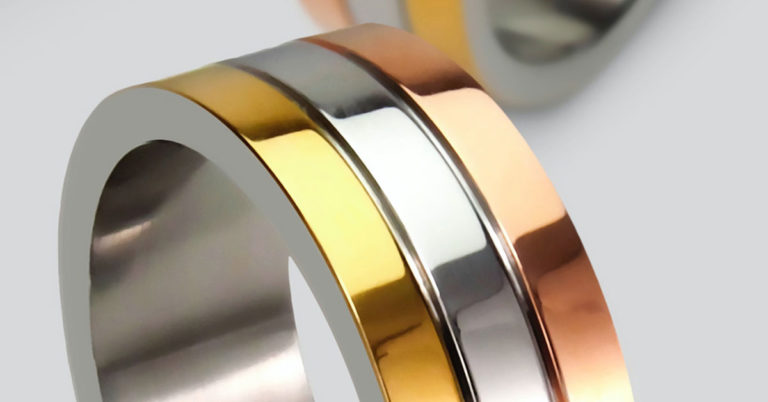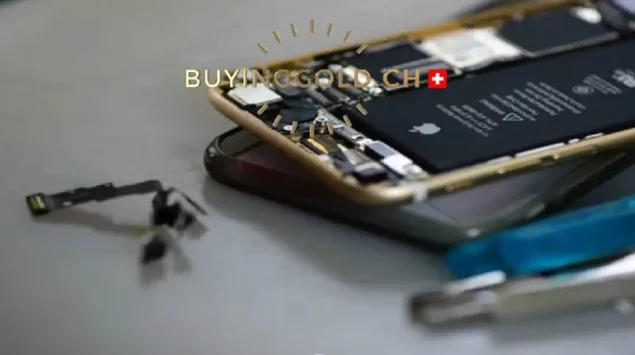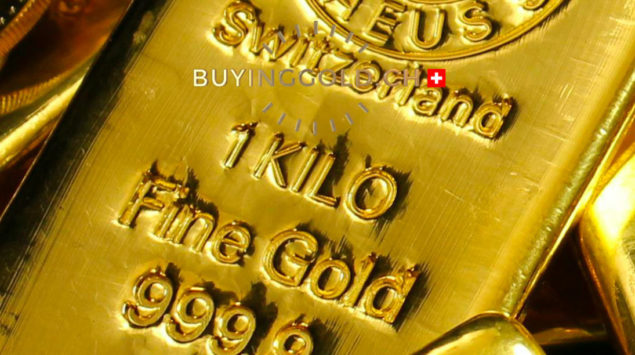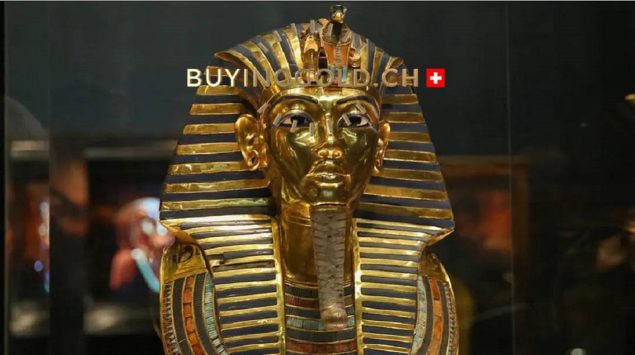
When you walk into a jewellery store, you are faced with a choice when deciding which category of metal to choose.
Yellow gold? White gold? Grey gold? And why not pink gold or even blue gold? Are they all equivalent? More importantly, are they all the same value? And the carats in this whole thing, does it really matter?
Let’s start with what the carats mean.
First of all, we need to specify what kind of carat we are referring to. In the case of gold, the one that interests us, it allows us to know the volume of pure gold in a gold alloy. The volume is divided into 24 parts of one carat each.
So 24 carat gold means that out of a 24 grams metal, there are 24 that are made of gold. The metal is therefore pure gold.
The most commonly offered gold is 18 carats, which indicates that 18 grams are pure gold, and 6 grams are of another metal.
Once this carat concept is well understood, we can explain the difference between the different colours of gold.
In the case of yellow gold, the volumes are 18 carats of gold, plus 3 carats of silver and 3 carats of copper.
The same alloying process can be found in pink gold, for which 1.2 carats of silver and 4.8 carats of copper are mixed with 18 carats of pure gold.
For grey gold, the recipe is changed again, this time with 2.4 carats of copper and 3.6 carats of silver.
For blue gold, the ingredients of the yellow gold are used again and supplemented with iron oxide.
What about white gold? A little trick is used to obtain white gold. It is actually grey gold to which a treatment with rhodium (a silvery white metal similar to platinoids) is applied to whiten it and give it a brighter appearance. Another technique is to obtain the white by mixing palladium into the mixture.
And for the price, you should know that most 18 karat gold jewellery has a globally equivalent value, regardless of the mix.













